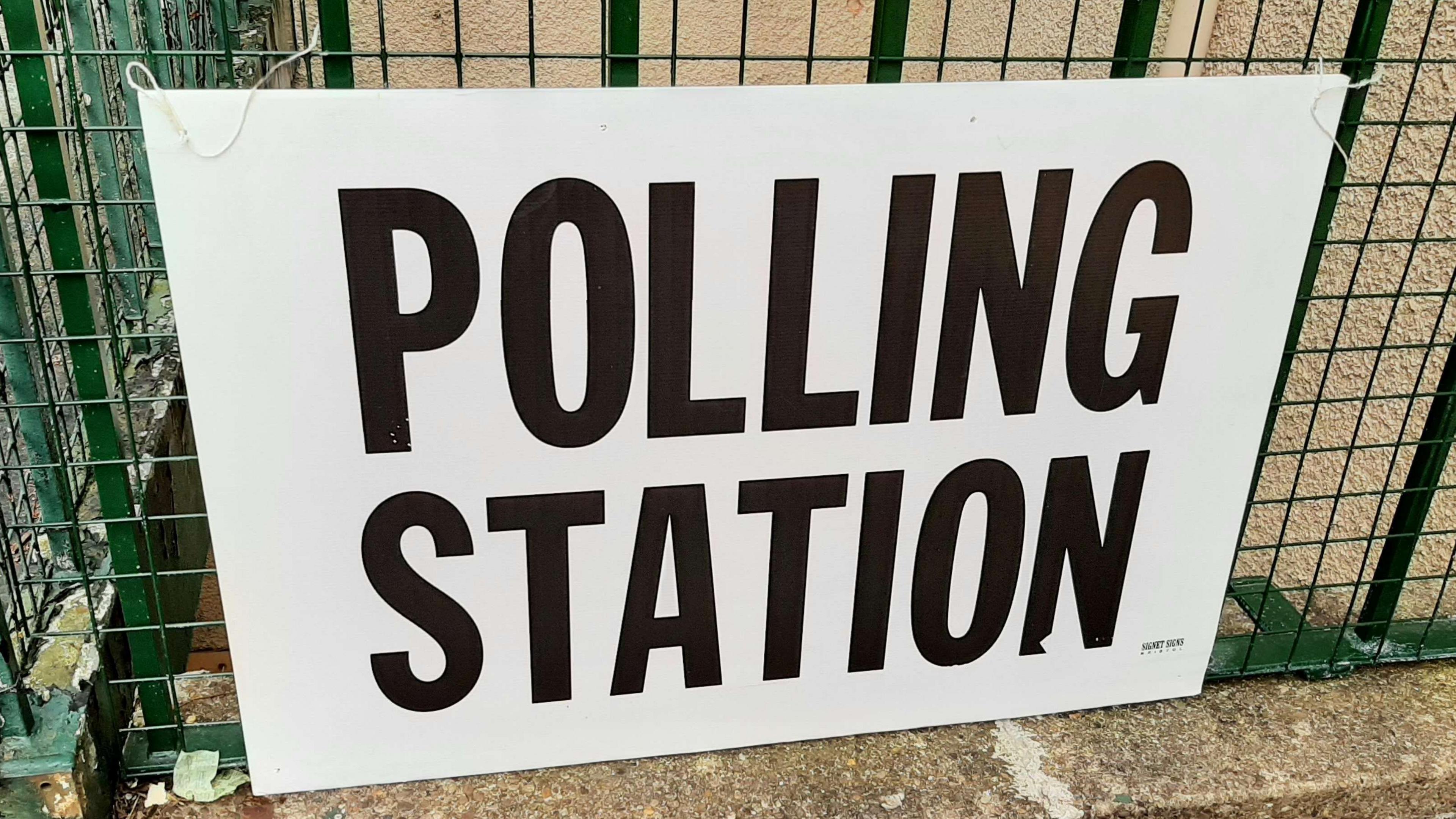Constituency shake-up ahead of general election

Some people will cast their votes in different constituencies after the boundary changes
- Published
As people across South Yorkshire prepare to head to the ballot box next month, a boundary overhaul means some voters may find themselves in a new constituency on 4 July.
Following the review by the Boundary Commission for England, all 14 of the region's parliamentary seats have been altered, with four changing their names.
Out go seats such as Wentworth and Dearne and Don Valley to be replaced by Rawmarsh and Conisbrough and Doncaster East and the Isle of Axholme respectively.
Announcing the changes, the Boundary Commission said the review, external of all 650 constituencies in England had been the result of a "thorough and consultative process".
Explaining the reason for the changes, Prof Charles Pattie, an expert on the process based at the University of Sheffield, said redrawing boundaries ensured elections were fair and designed to give every potential vote equal value.
“If one constituency has more electors than another, then the views of individual voters in the smaller constituency count more than those of voters in the larger one which would not be fair," he said.
“Over time, local populations change and they do so at different rates in different places.
"So every so often constituencies are redrawn to ensure they have more or less equal electorates.
“At present, the law requires that constituencies are redrawn every eight years.
"With a very few unusual exceptions, virtually all constituencies have to have electorates within plus or minus five per cent of 73,393 registered voters.”
According to the Boundary Commission only eight fell within the permitted range, with five below - Barnsley Central, Barnsley East, Rotherham, Sheffield Heeley and Sheffield South East - while Sheffield Central fell above the range.
Doncaster

One of the biggest changes in South Yorkshire is the Don Valley constituency, which no longer exists.
This becomes a new constituency called Doncaster East and Isle of Axholme.
Under the shake up some Doncaster wards will no longer be part of this constituency and it instead takes in a chunk of Lincolnshire.
The new Doncaster East and Isle of Axholme will include Finningley, Hatfield, Rossington, Bawtry and Thorne and Moorends.
Barnsley

There will also be two new constituencies in Barnsley for the 2024 election and beyond.
Barnsley Central becomes Barnsley North. This will include the council wards of Central, Cudworth, Darton East, Darton West, Monk Bretton, North East, Old Town, Royston, and St Helen’s.
The former Barnsley East constituency becomes Barnsley South. It will include the council wards of Darfield, Dearne North, Dearne South, Hoyland Milton, Kingstone, Rockingham, Stairfoot, Wombwell, and Worsbrough.
Rotherham

The forthcoming election will not feature Wentworth and Dearne for the first time since 2010.
This instead becomes the new Rawmarsh and Conisbrough constituency after losing a number of Barnsley council wards and taking in new Doncaster wards.
This new constituency will cover Conisbrough, Edlington and Warmsworth in Doncaster and on the Rotherham side will include Bramley and Ravenfield, Hoober, Kilnhurst, Rawmarsh, Swinton and Wath.
Sheffield

Most seats in Sheffield have had minor changes involving a few streets, but Sheffield Central has changed more considerably due to its size.
A particularly large constituency, with over 89,000 voters, following the review the Manor Castle ward will be transferred into neighbouring Sheffield Heeley.
Meanwhile the Richmond ward will be split between Sheffield Heeley and Sheffield South East.
Follow BBC Yorkshire on Facebook, external, X (formerly Twitter), external and Instagram, external. Send your story ideas to yorkslincs.news@bbc.co.uk, external.
Related topics
- Published27 May 2024

- Published24 May 2024

- Published4 July 2024
